Outreach Tactics that Cities Take to Address the Digital Divide Need to be Many and Varied
June 4, 2020 — Cities must continuously adapt their strategies to provide technology services to the disadvantaged segments of their populations, said participants in an Urban Institute webinar Thursday. The coronavirus has thrown a wrench in the career aspirations of millions across the United Stat
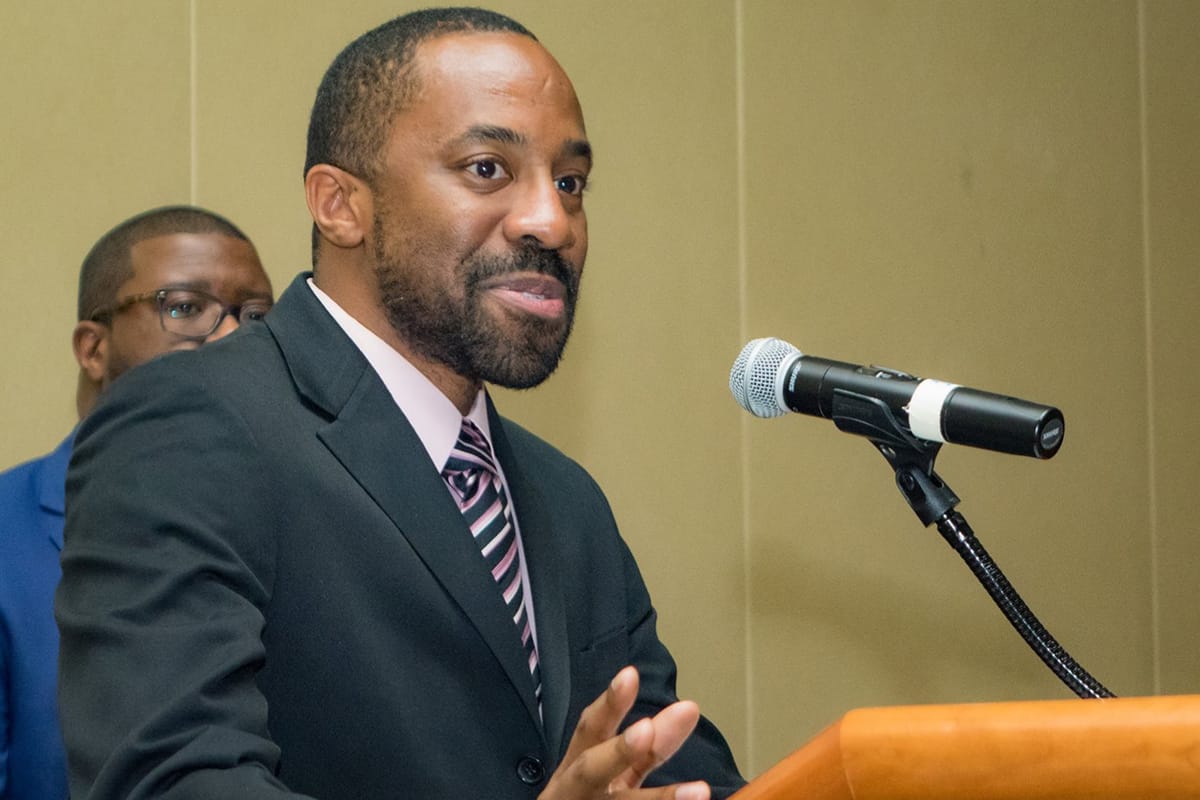


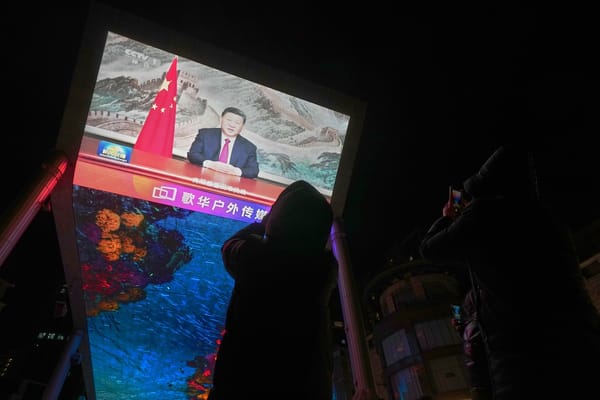

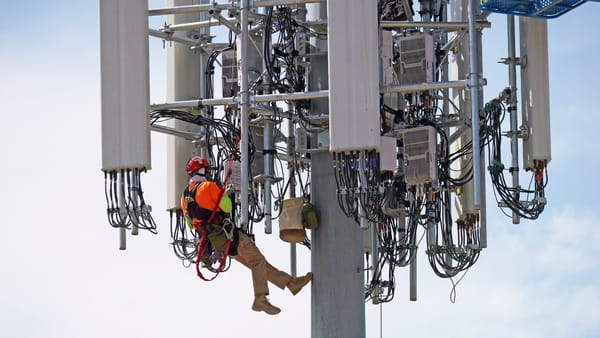


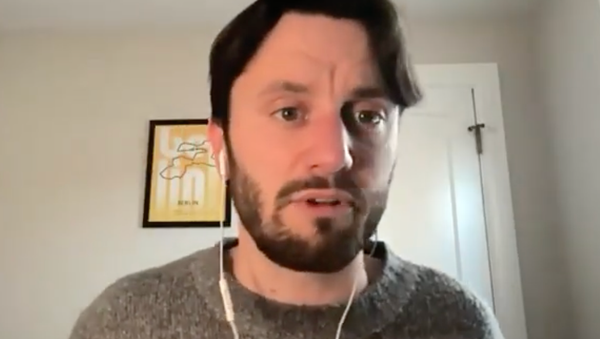
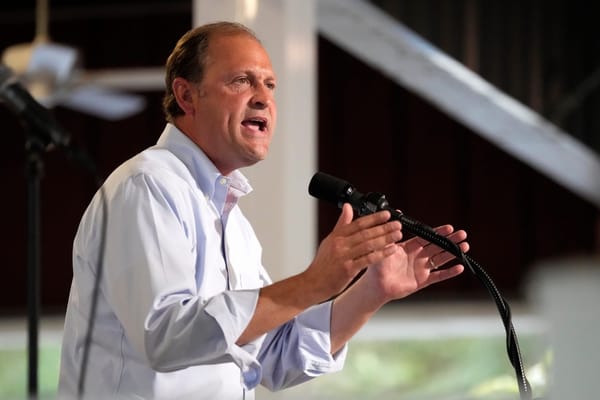
Member discussion